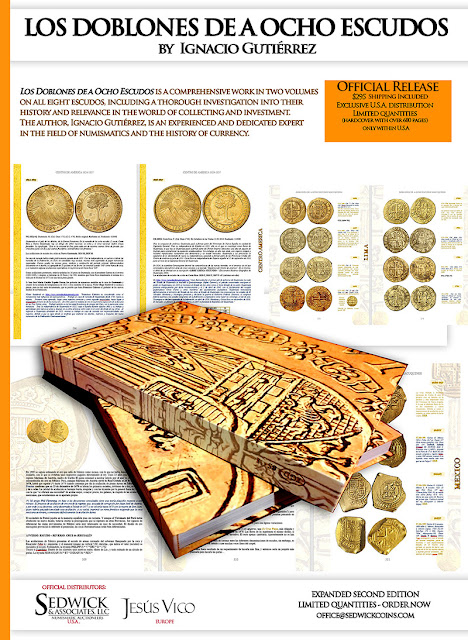Written by the TreaureGuide for the exclusive use of the Treasure Beaches Report.
Researchers have unraveled new insights into a collection of "beautiful and functional" ancient tools used by Roman surgeons around 2,000 years ago.
A team... used state-of-the-art scanning technology to examine the six medical instruments, which include a bronze scalpel handle, two surgical probes, two needles and a spoon. These investigations revealed the intricate design and workmanship of the tools, casting light on how they might have been used by Roman medics in ancient Britain.
The artifacts were initially found around 125 years ago at a site along Walbrook, a subterranean river in London. This river was once above ground and played an essential role in the Roman settlement of Londinium, which eventually evolved into the modern city.
"These [medical] instruments illustrate aspects of Roman medical practice—not just ideas and theories but the kinds of interventions into bodies that occurred in the Roman world," Rebecca Flemming, a professor of ancient Greek scientific and technological thought, who has been studying the tools, told Newsweek....
"The wider application of 3D imaging to the rich collections of ancient Roman (and Greek) surgical instruments held in museums around the world would have substantial benefits in terms of greater appreciation of the design and craftsmanship involved—that these were objects and practices to which much attention was paid in terms of attempting to optimize the tools used," Flemming said...
Here is the link.
Scans Reveal Secrets of Roman Surgeons' 'Beautiful and Functional' Tools - Newsweek
---
The $9.3 million project, awarded to Great Lakes Dredge and Dock Company, calls for the dredging of St. Lucie Inlet entrance channel and impoundment basin to required depths of 10 to16 feet with an allowable over depth of 2 feet.
The dredging was set to start on July 2; however, the project was temporarily suspended due to environmental conditions/concerns when the Queen Conch, a recently listed threatened species, was discovered within the project area on June 28, prior to the contractor’s arrival on site.
In coordination with the National Marine Fisheries Service (NMFS), USACE requested an approval for “Urgent and Compelling Need” to relocate the Queen Conch away from the project area, in order to protect the threatened species...
St. Lucie Inlet dredging now underway - Dredging Today
I don't know how they gathered and moved the conchs.
Anyone?
---
Sedwick is advertising a new authoritative book on eight-escudos.
Very pricey at $295, but I can understand why.
Book publishing is very expensive these days. It is still handy and nice, in my opinion, to have hard copy books.
---
About 200 arrested in Cannon Rotunda for protesting Gaza war (msn.com)
---
The ocean is still calm but today we'll have two pretty high tides.
No storms forming on the NHC map.
Good hunting,
Treasureguide@comcast.net


